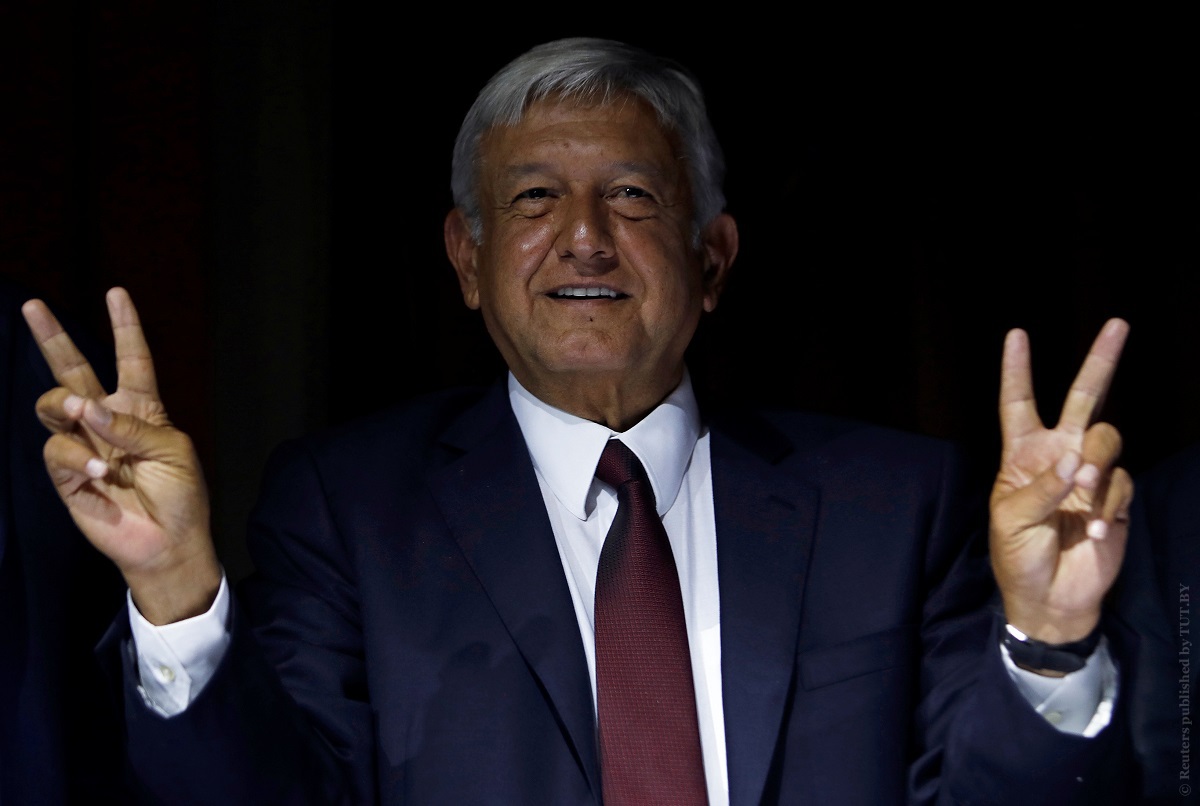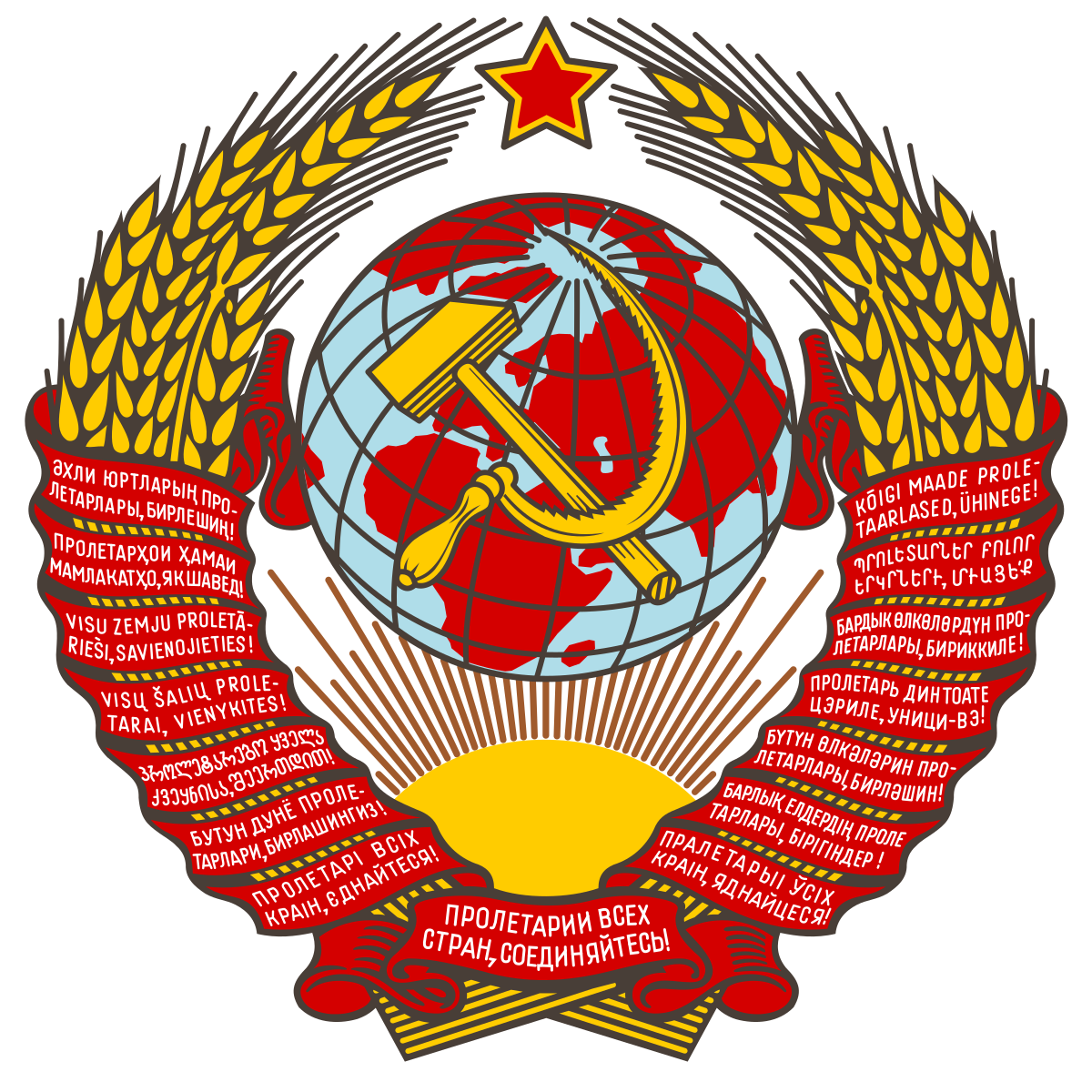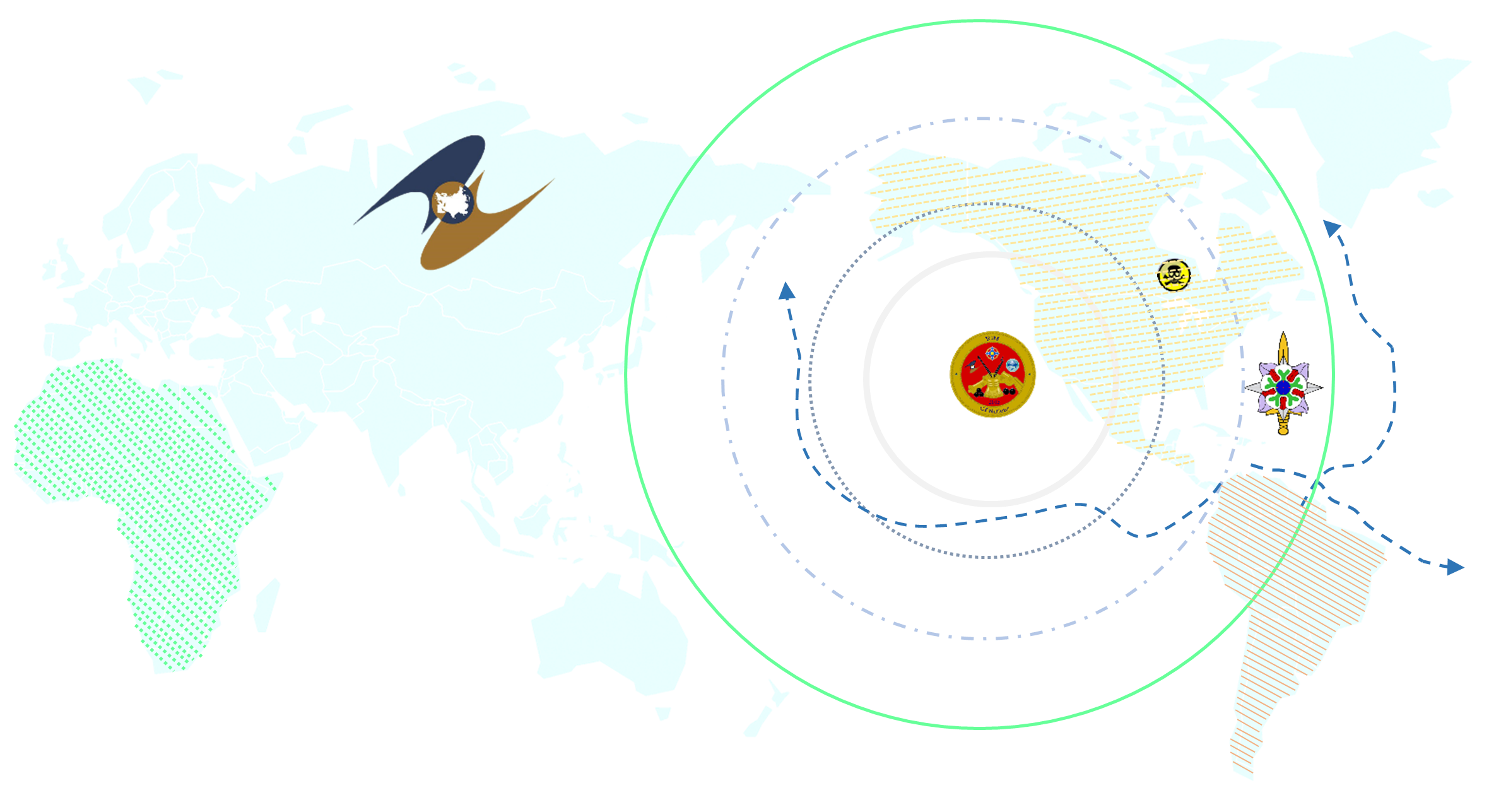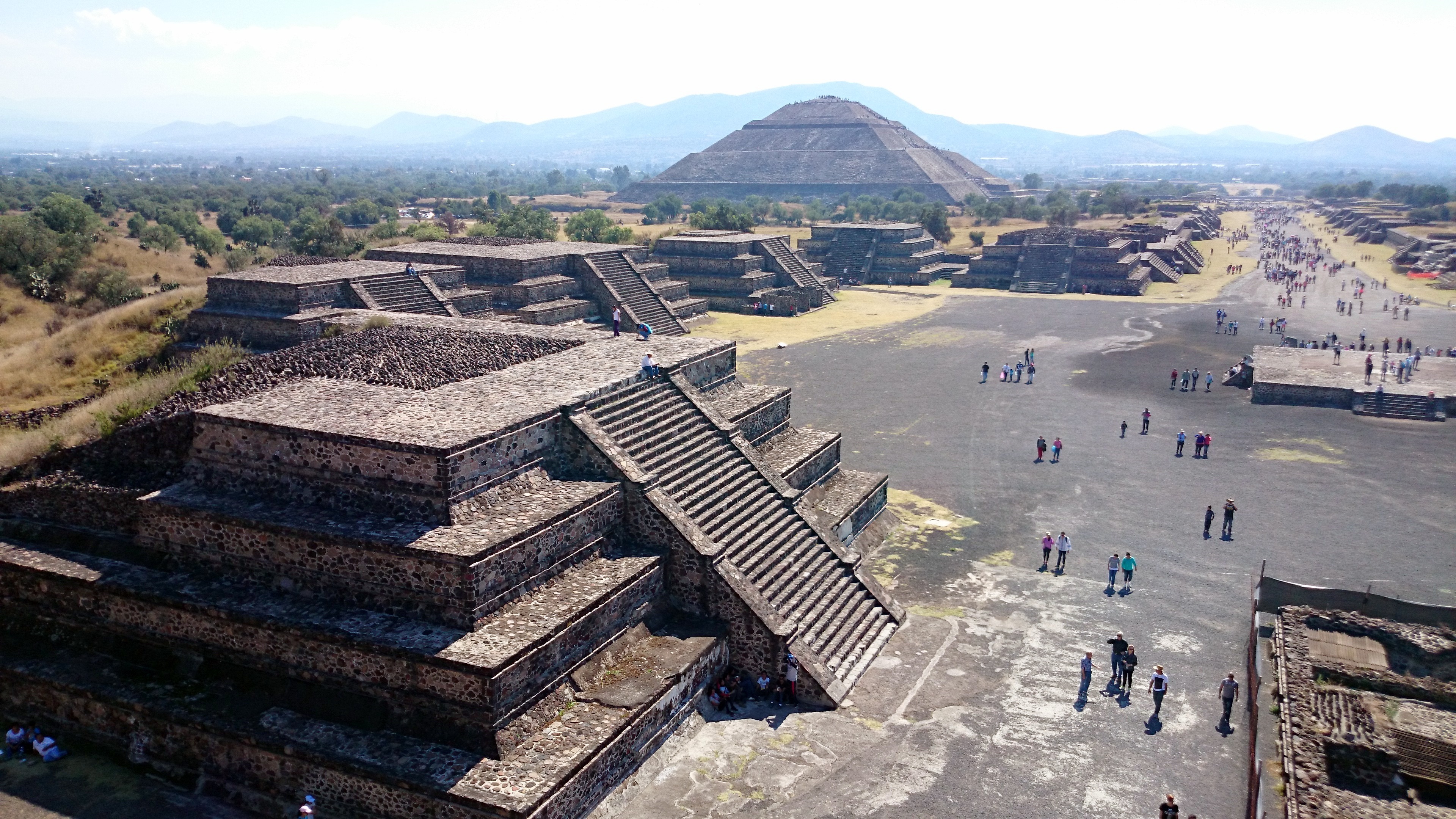




![]()
![]()
![]()
![]()
![]()
![]()
![]()
![]()
 Inherently, the Latin Pacific Trade Council (LATPACT) recognizes that climate security is the core element of a multipolar international system in the Americas. Additionally, LATPACT in the West delivers a shift in the international intelligence community over US-led domestic and international terrorism. Particularly, LATPACT is designated with the task of bridging the technology skills gap to develop the labor markets of diversified economies of scale. Likewise, LATPACT is geared to alleviate organized crimes from the war on drugs in the US. Immanently, drug-related violence and inner-city crimes have surged in North America from drug-related addictions which remains the gravest threat to SOCIETY and the global economy. Attractively, LATPACT is infiltrating the Central Basin (land between the Great Lakes and Gulf of Mexico) with advanced communication networks to facilitate a mulitpolar international system.
Inherently, the Latin Pacific Trade Council (LATPACT) recognizes that climate security is the core element of a multipolar international system in the Americas. Additionally, LATPACT in the West delivers a shift in the international intelligence community over US-led domestic and international terrorism. Particularly, LATPACT is designated with the task of bridging the technology skills gap to develop the labor markets of diversified economies of scale. Likewise, LATPACT is geared to alleviate organized crimes from the war on drugs in the US. Immanently, drug-related violence and inner-city crimes have surged in North America from drug-related addictions which remains the gravest threat to SOCIETY and the global economy. Attractively, LATPACT is infiltrating the Central Basin (land between the Great Lakes and Gulf of Mexico) with advanced communication networks to facilitate a mulitpolar international system.

Politically, LATPACT is at the forefront of brokering regional development, environmental protection and military integration in the Central Basin from the Far West. Geographically, LATPACT is vested with historical economic frontiers which form an epicenter for regional expansion. Diligently, LATPACT is unifying efforts in Central America to expand military science and research while increasing efficiency for energy transition projects on the Central Basin. Specifically, LATPACT is engaged with extending emergency response services from Greater Los Angeles to diminish the impact of the war on drugs in the US. Steadily, LATPACT is building human resource networks to accumulate momentum for a mulitpolar international system. Simultaneously, LATPACT is committed to stellar research to combat bygone threats to climate security.
 Centrally, LATPACT serves as the cornerstone of the Central Basin fleet which is engaged with expanding a multipolar international system in the Americas. Primitively, LATPACT member states are paving the horizons of climate security with the Central Basin fleet. Approximately, the Central Basin fleet is adding 100 naval vessels to secure the Gulf of Mexico and Carribean Sea for expansion in climate security. Increasingly, international trade is accelerating from the Gulf of Mexico which improves regional development while fostering demand for a multipolar international system. Strategically, the Central Basin fleet specializes in deep sea, outer space and land navigation missions which derive from climate security. Assertively, the Central Basin fleet ensures economic stability for the Americas as international terrorism surrounding the US bond market subsides.
Centrally, LATPACT serves as the cornerstone of the Central Basin fleet which is engaged with expanding a multipolar international system in the Americas. Primitively, LATPACT member states are paving the horizons of climate security with the Central Basin fleet. Approximately, the Central Basin fleet is adding 100 naval vessels to secure the Gulf of Mexico and Carribean Sea for expansion in climate security. Increasingly, international trade is accelerating from the Gulf of Mexico which improves regional development while fostering demand for a multipolar international system. Strategically, the Central Basin fleet specializes in deep sea, outer space and land navigation missions which derive from climate security. Assertively, the Central Basin fleet ensures economic stability for the Americas as international terrorism surrounding the US bond market subsides.
Patently, the Central Basin fleet is assigned with improving industrial standards and stabilizing cross-exchange rates while extending economic expansion from South America. Diplomatically, Paraguay remains a pivot for building pacts with Brazil, Uruguay and Argentina while serving homestead to several macroeconomic initiatives such as: the South Atlantic-PAC, AAA, and the Global South among others. Uniformly, the Central Basin fleet includes the North, South, Central Pacific and Mid-Atlantic fleets. Acutely, the Central Fleet South (CFS) specialize in the modernization of air-defense missile systems, SLBMs and anti-satellite weapons. Meanwhile, the Central Fleet North (CFN) develop missions for the Rokot space launch system (RKS) to increase effectiveness in climate security. Fundamentally, the Central Basin fleet embodies the security framework for a mutipolar international system.
![]()
![]()
![]()
![]()
![]()
![]()
![]()
![]()
 Increasingly, LATPACT Women's College establishes the building blocks for accelerating cloud networks, virtual learning and on-the-job training for women of every nationality. Intuitively, LATPACT Women's College transforms the labor market with business solution modeling for a digital SOCIETY in the Americas and beyond. Sufficiently, LATPACT Women's College emphasizes green construction of dams, bridges, towers, and premium real-estate among other civil engineering projects. Thoroughly, LATPACT Women's College is generating focus on renewable energy projects which include designs for military vehicles, ships and aircraft. Significantly, LATPACT Women's College prepares women in SOCIETY for next-generation technological advances from military research and development teams. Expectedly, LATPACT Women's College offers major medical research to elevate public health policies to reduce sudden deaths. Astutely, LATPACT Women's College has set several goals to achieve objectives in building strong economies of scale in the Americas beyond the Pacific Rim. Here are a few of them:
Increasingly, LATPACT Women's College establishes the building blocks for accelerating cloud networks, virtual learning and on-the-job training for women of every nationality. Intuitively, LATPACT Women's College transforms the labor market with business solution modeling for a digital SOCIETY in the Americas and beyond. Sufficiently, LATPACT Women's College emphasizes green construction of dams, bridges, towers, and premium real-estate among other civil engineering projects. Thoroughly, LATPACT Women's College is generating focus on renewable energy projects which include designs for military vehicles, ships and aircraft. Significantly, LATPACT Women's College prepares women in SOCIETY for next-generation technological advances from military research and development teams. Expectedly, LATPACT Women's College offers major medical research to elevate public health policies to reduce sudden deaths. Astutely, LATPACT Women's College has set several goals to achieve objectives in building strong economies of scale in the Americas beyond the Pacific Rim. Here are a few of them:
 Stabilize the intertropical convergence zone
Stabilize the intertropical convergence zone Establish greater awareness in social identity and corporate crimes
Establish greater awareness in social identity and corporate crimes Expand public health policies and facilities in the Far West
Expand public health policies and facilities in the Far West Initiate higher education grants for designated urban residents
Initiate higher education grants for designated urban residents Establish building blocks for the Far West Special Economic Zone
Establish building blocks for the Far West Special Economic ZoneInstinctively, LATPACT Women's College expands regional development beyond the restraints of western lobbying against women for the workforce. Scholarly, LATPACT Women's College prime women from development with the Africa South-America Pact (ASA Pact) and the expansion of the LAST Pact which includes: Libya, Algeria, Saudi Arabia and Tunisia. Historically, African and South American relations have flourished from the tremendous opportunities available in the culturally enriched Far West. Appropriately, modeling the Global South initiative bolsters a rising quality of life as increasing climate security improve business solutions to US trade embargoes. Traditionally, LATPACT Women's College recognizes achievements of the past, present and future with various service medals, awards and ceremonies to reinforce the strive for excellence in public service. Meanwhile, innovation from LATPACT Women's College invigorates the Far South which is derived from deep geological survey on the African plate. Internationally, LATPACT Women's College responds to the growing demands in advanced technology to improve infrastructure with new innovation.
Prudently, the PAC-Andes SOCIETY is devoted to deep military science research while reinforcing climate security in urban cities and rural towns. Essentially, the PAC-Andes SOCIETY integrate regional development projects from BRICS, SCO and the Eurasian Economic Union with local communities to improve area business modeling. Significantly, overseas investing blossoms with growing opportunity for economic and social development which presses the PAC-Andes SOCIETY towards a digital SOCIETY. Firstly, the Pacific coastline embodies the Andes mountains which add footing in climate security and abundance for international trade. Secondly, the PAC-Andes SOCIETY pillows the banking, agriculture and technology (BAT) sectors with advanced cloud networks, modernized databases and customized services. Thirdly, the PAC-Andes SOCIETY is nesting its outreach in Central America to shoulder regional development in the Central Basin. Lastly, the PAC-Andes SOCIETY is increasing food safety awareness while transforming food packaging and storaging to improve food security and environment protection.
Furthermore, massive energy exploration projects in the Central Basin include extraordinary opportunities for stabilizing regional power grids. Simultaneously, political relations in the Americas are geared towards building a mutipolar international system with a digital SOCIETY. Effectively, the PAC-Andes SOCIETY is postured with prosperity as plans for higher-speed rail networks joining North and South America develop. Likewise, premium real-estate development is a trademark for the the PAC-Andes SOCIETY which is designing over 100,000 new residential home models. Resolutely, the PAC-Andes SOCIETY direct business solutions to the vast transportation, communication and environmental issues which impact the Central Basin and beyond.
1st Quarter Highlights
|
|
 |
 1st Quarter |
 2nd Quarter |
 3rd Quarter |
 4th Quarter |
 |